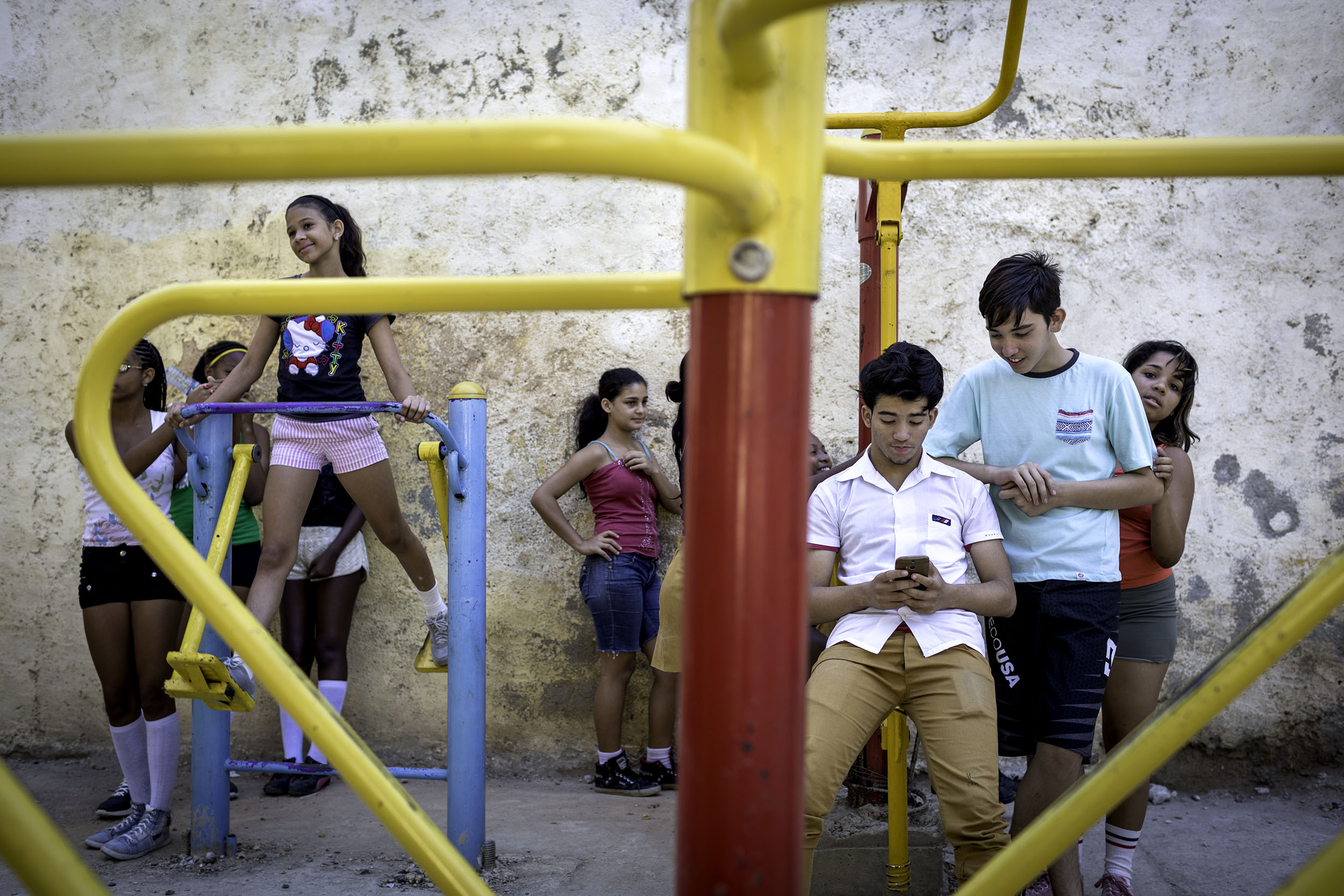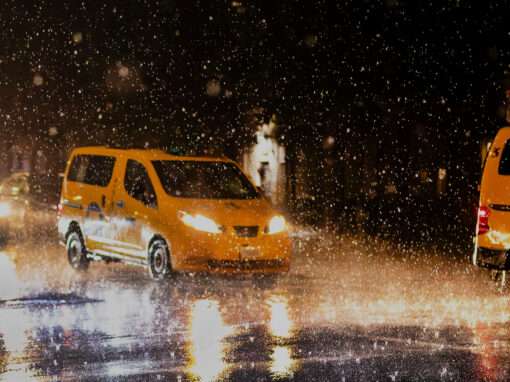Every now and then, something we learn in school actually stays with us.
I remember something I learned in the early 1980s, what seems now like the Pleistocene. I was taking a course on psychoanalytic approaches to literary theory and for some reason wound up learning about a British psychologist named D.W. Winnicott. He had an intriguing notion for what he called Potential Space. To put it briefly, as I remember it imperfectly, he postulated that the moment an infant becomes self-aware as a separate human being, separate from the mother, what he called potential space was created. This was the space between self and others. We spend our entire lives trying to recover or fill this space. This is the space where love happens. This is the space where art happens. Trying to recover a oneness with someone else was a way to defeat or get around our definitive isolation.
“Potential Space: A Serious Look at Child’s Play” by Nancy Richards Farese
Published by MW Editions, 2021
review by W. Scott Olsen
It struck me then, as it strikes me now, as a brilliant bit of insight. Everything we do that can by any definition be called creative is an act of trying to close a distance between self and other. This space, way of thinking, mindset, a bit of psychology, is defined by its perpetual potential. We never do get rid of it. To do so would be tragedy. The benefit is in the act, not in the accomplishment.
So I was intrigued when I saw a new book by Nancy Richards Farese called Potential Space: A Serious Look at Child’s Play. I was thrilled when I saw she credited Winnicott. I knew where this book was going, and I couldn’t wait.
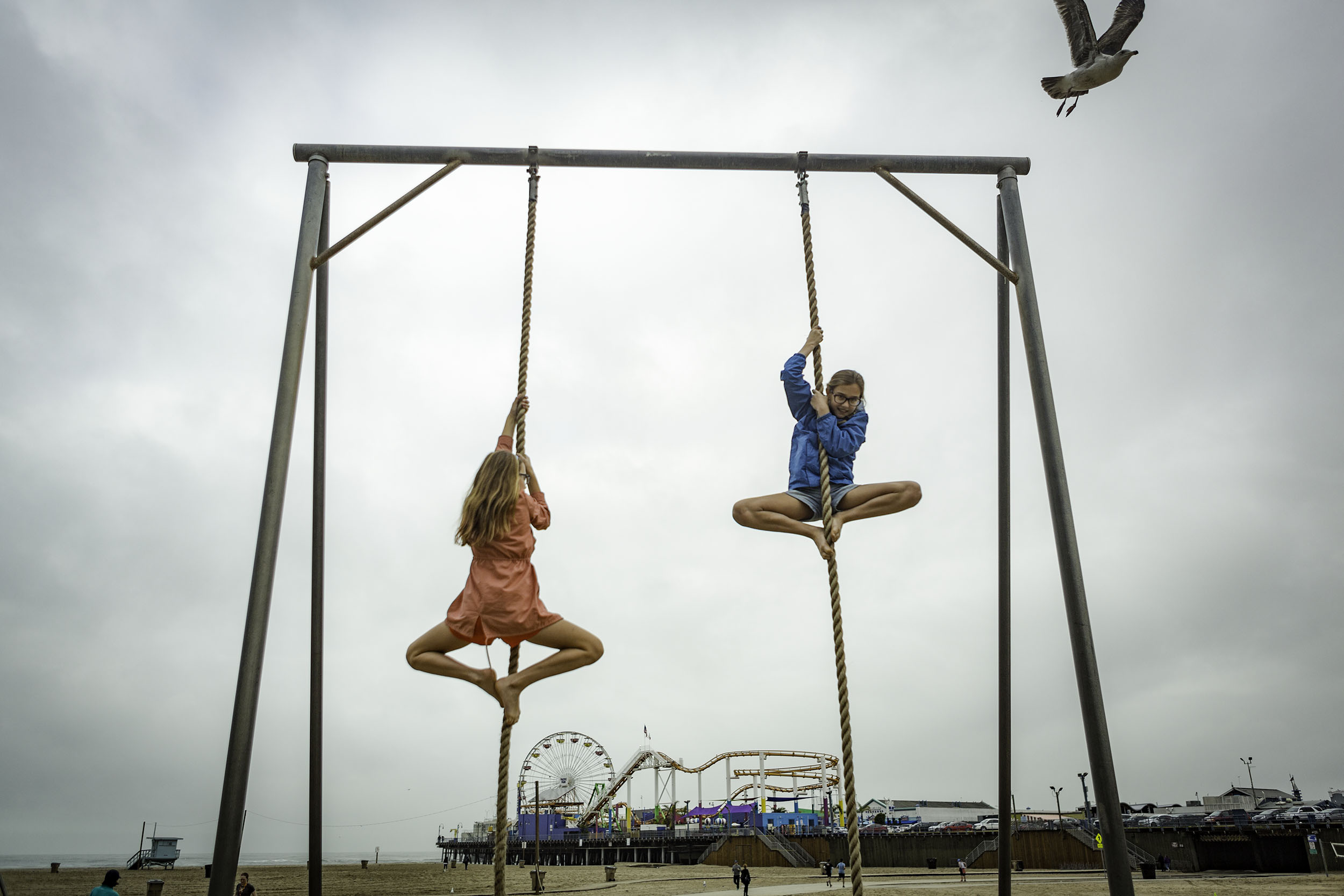
Nancy Richards Farese’s biographical statement says, in part, that she “is a photographer, author, and entrepreneur whose work promotes visual storytelling as an essential tool for social good. An award-winning documentary photographer, she has worked extensively for International Development organizations including the United nations High Commission on refugees, CARE USA, RefugeePoint, and the Carter center.”
In other words, she wants to make a point. This book does that brilliantly.
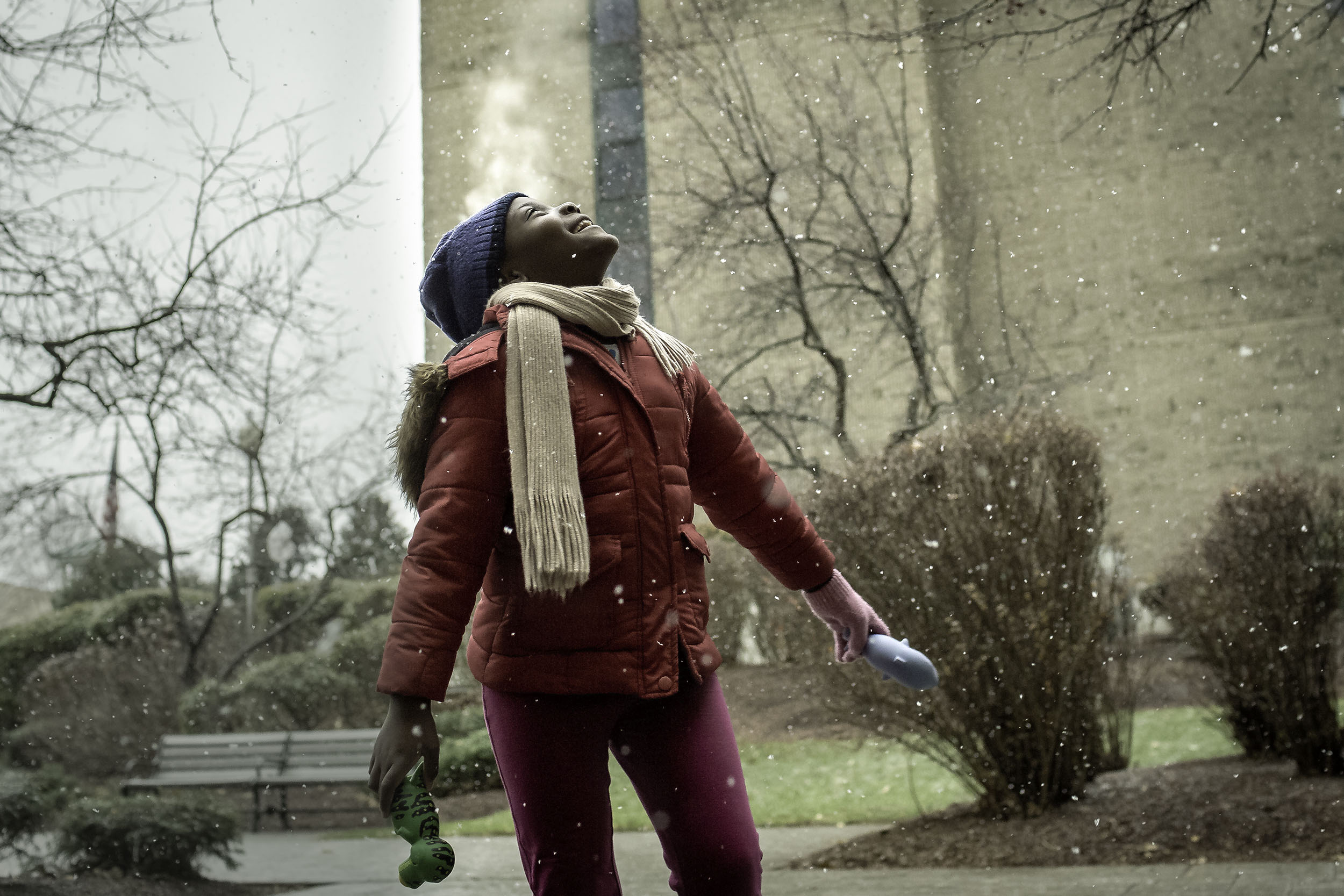
On behalf of RefugeePoint / © Nancy Richards Farese
There are 95 images in this book, all of children at play around the world. These are not sentimental pictures. They’re not soft-focus romanticizations of darling little children behaving in darling little ways. These are barefoot kids running in the dirt. These are toys made out of whatever objects could be found. There are no coaches, no instructors, no adults, nothing at all that would suggest structure or intent. This is simple creativity, a way for glee to erupt into a day that might be filled with poverty or tragedy or preposterously good luck on the other end. These images, every single one of them, is a masterful articulation of spontaneity and joy.
In a foreword by James Estrin, New York Times photographer, staff writer, founder of its “Lens” blog, he writes: “As children and their adults in much of the world spend more and more time in obsessive encounters with smart phones, tablets, and other visually based digital media, the concept of play that has nourished human development can seem antiquated, or even quaint. Our very perceptions of modern reality are shaped by multitasking and overscheduling for the fortune—and deprivation and labor for those who are not. The notion that all of our time ought to be used “productively,” as a means to achieving a goal, makes the argument for free play a critically important antidote for us all. Yet, the child’s play as we know it is in danger.”
Estrin continues, “Though often exultant, her images are part of the “muckraking” tradition of photography, in which art is employed as a tool for social justice…Farese’s photos advocate for the basic human right of children to play, as recognized by the United nations—whether in a refugee camp in Jordan, a neighborhood in Haiti, or in middle class U.S.A., where children are often denied opportunities for healthy free play in favor of highly structured activities.”
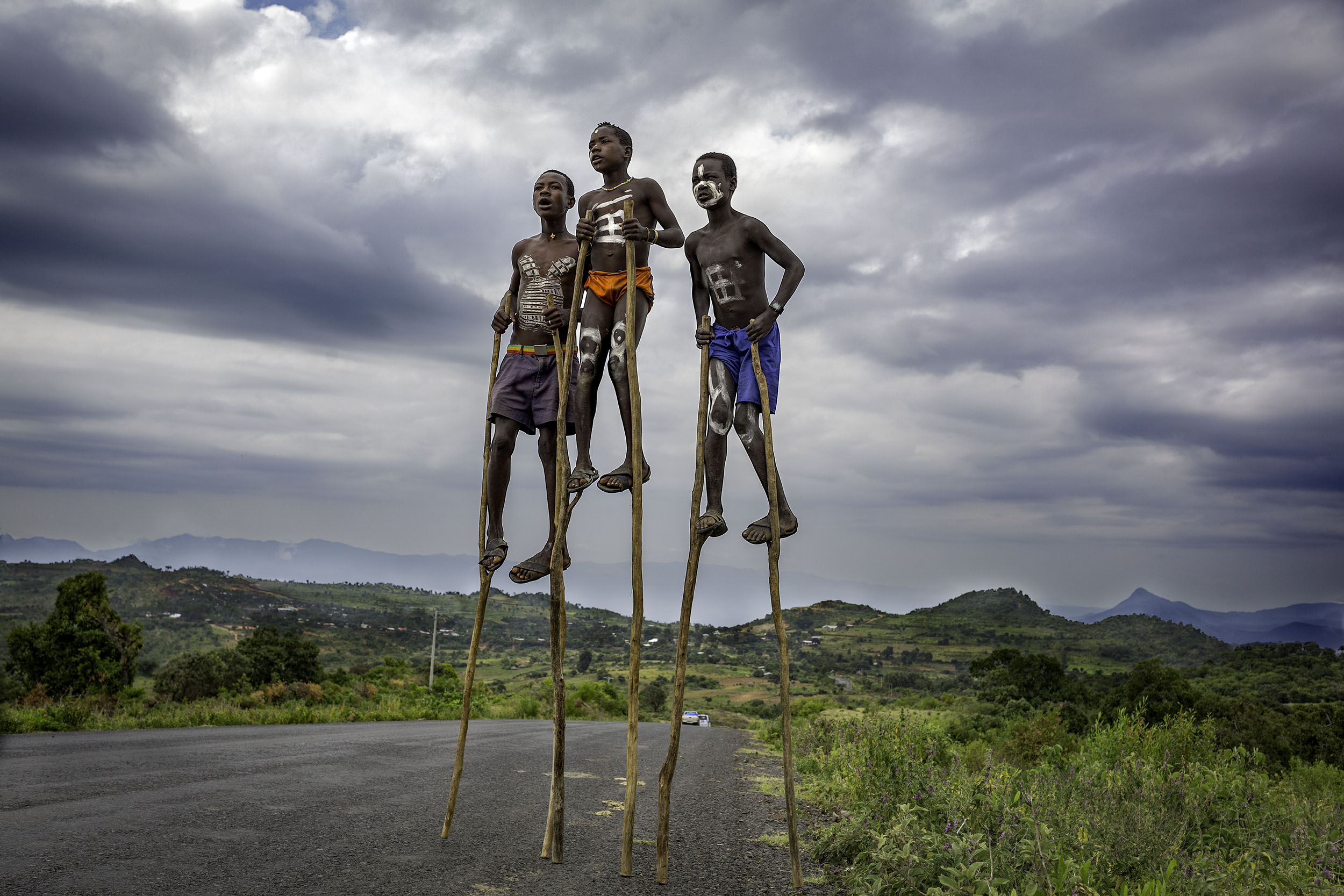
In her Introduction, Farese writes: “This series of photographs opens a window to the boundless world of children have play around the world, where we can see them play, and the familiar and endless varieties, is an essential resource for resilience and joy for all humankind.”
Farese informs us that, “Winnicott believed these experiences are not at all frivolous, but are actually part of the serious work of personality development, and thus foundational to much of our physical emotional and social capacities. Play is how we expand and test our human potential, and is vital to our survival and well-being.”
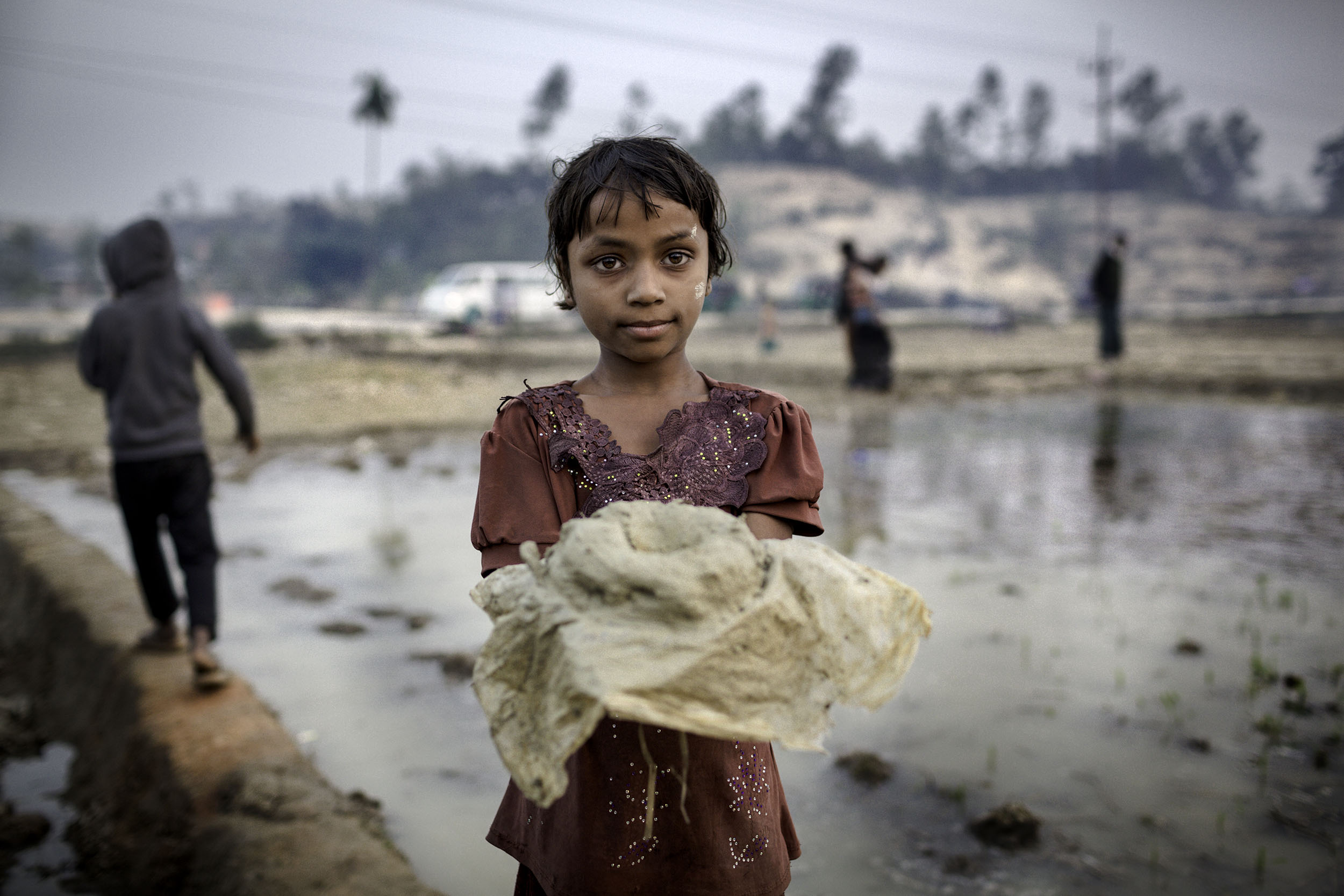
On behalf of CARE International / © Nancy Richards Farese
As Farese says, “We all know how to play. My intent with these photographs is to contribute to the private and public questions of who we want to be and how we want to live together. Play has been recognized by the United nations as a guaranteed human right. Can we do more to promote children’s play as a key indicator of well-being for a human-centric world?”
Potential Space: A Serious Look at Child’s Play is an important book. The images are kinetic and dynamic and filled with energy. They may not change the future of photography; however, they just might change the future of everyone who looks at these pages.cal There are reminders here—not of a highly selective nostalgic past, but of exuberance and energy and creativity and potential. Every image, at least for me, sparks a memory, an empathy, and a hope.
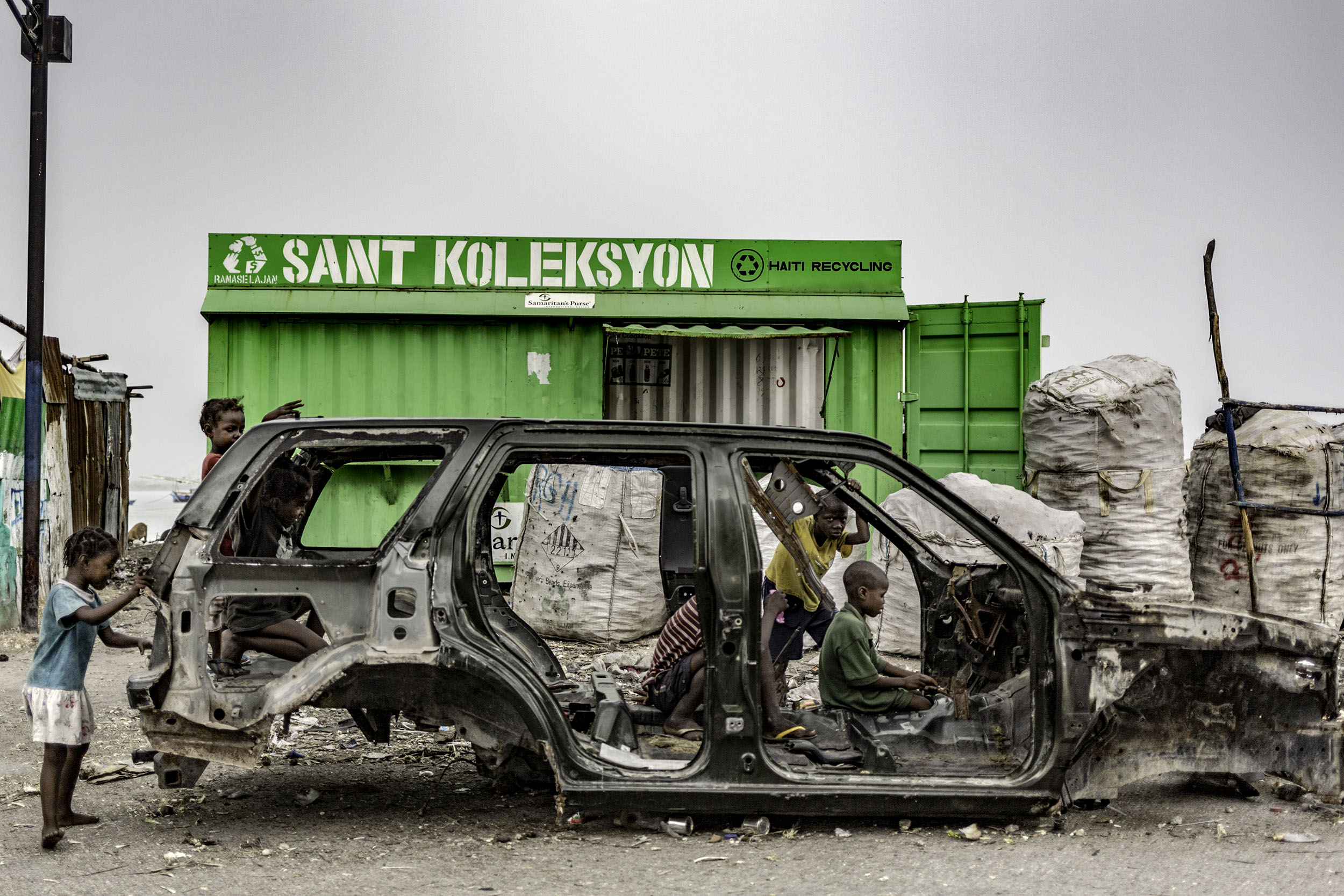
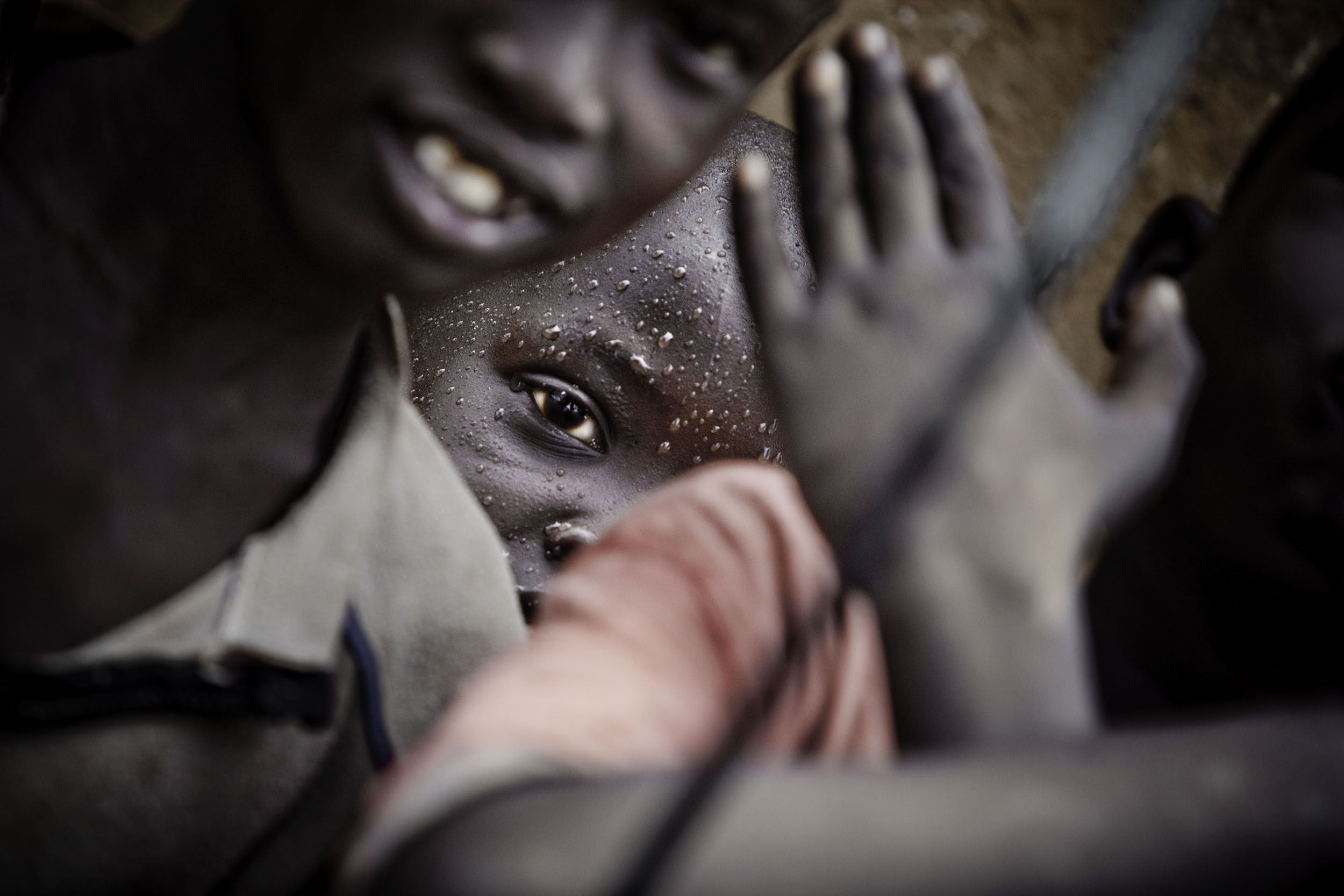
Kakuma Refugee Camp, Kenya, 2009 / © Nancy Richards Farese
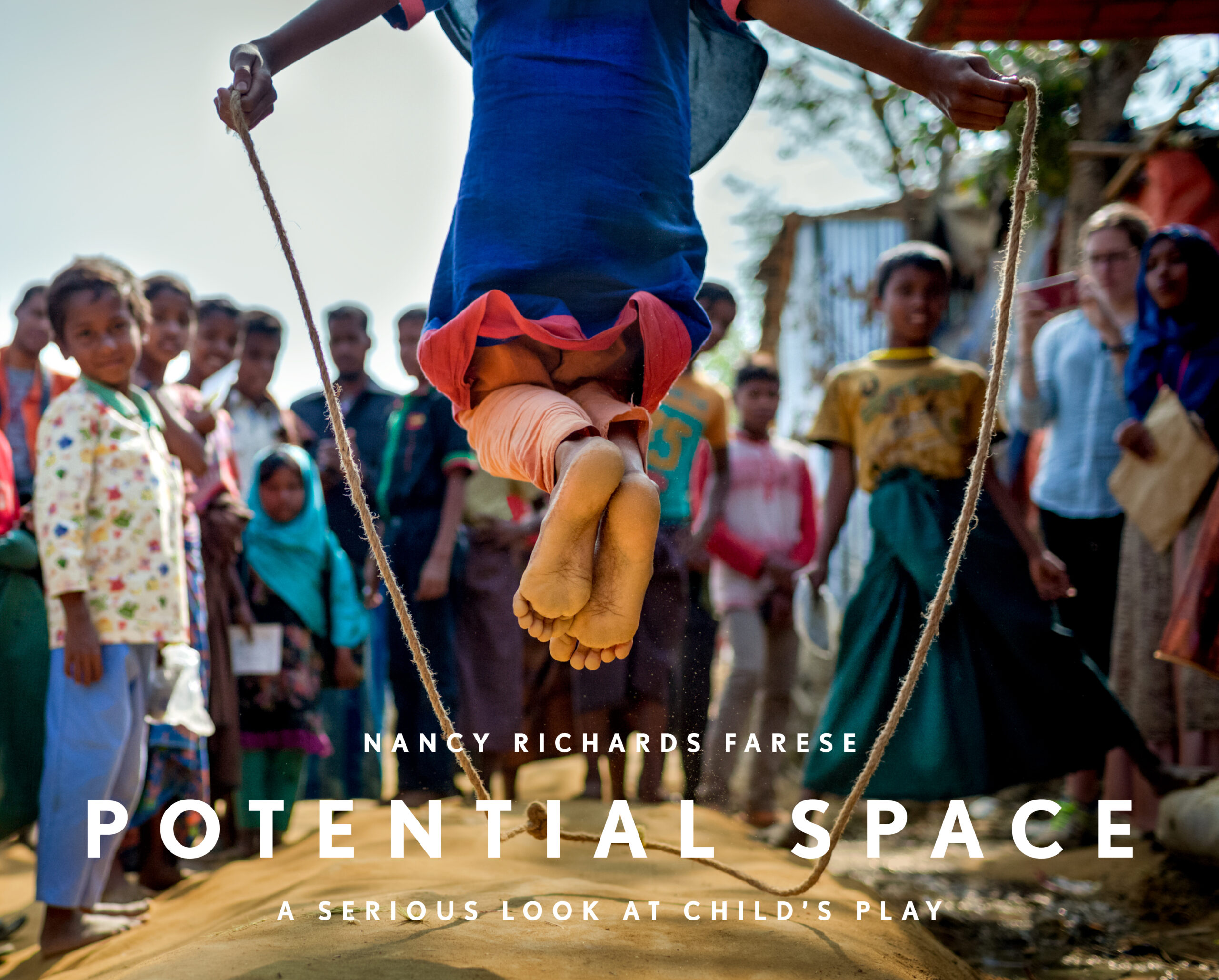
A note from FRAMES: if you have a forthcoming or recently published book of photography, please let us know.

